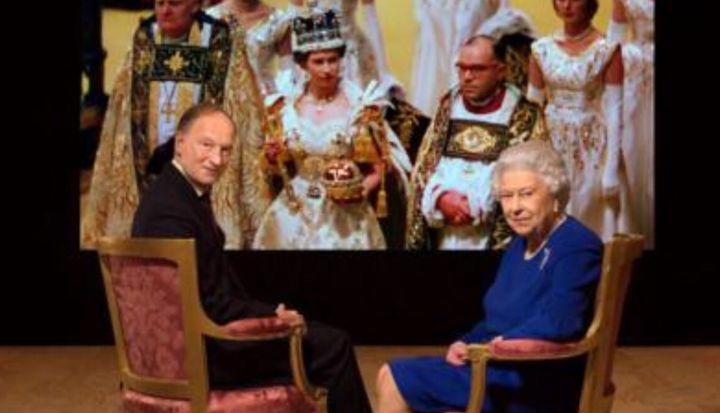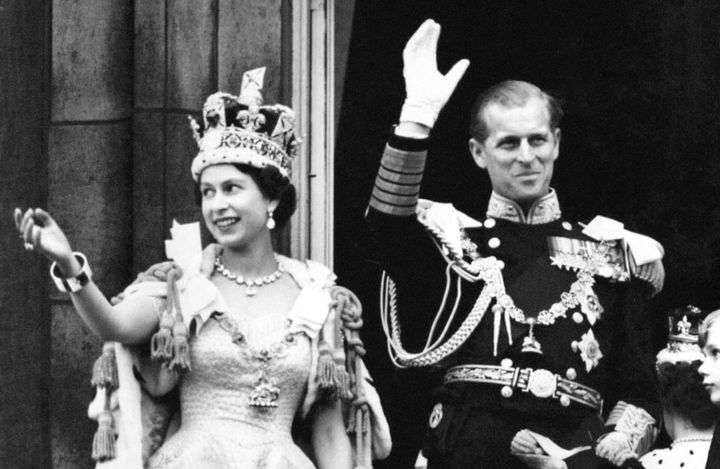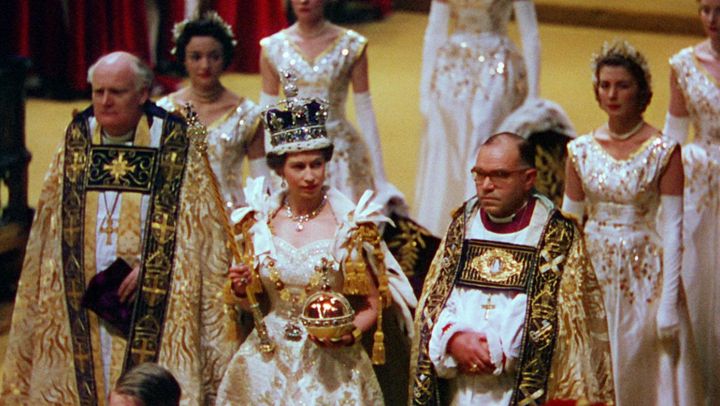Priceless gems from the Crown Jewels were protected from the Nazis during the Second World War by being concealed in a biscuit tin and buried underground at Windsor Castle - and the Queen only learned details of it during the recent filming of a BBC documentary.
The plot was ordered by George VI and discovered by royal commentator Alastair Bruce who spoke to the Queen for a feature on the Coronation to be broadcast on BBC One this Sunday, The Times revealed on Friday.

The concealment plans were contained in confidential correspondence in the Royal Collection - “an electric set of letters” - from Sir Owen Morshead, the royal librarian, to Queen Mary, the mother of George VI.
The letter reportedly describes how the most precious jewels - the Black Prince’s Ruby and St Edward’s Sapphire - were removed from the Imperial State Crown and stored in a Bath Oliver biscuit tin which was buried in a deep hole, further hidden by grass left to grow over top.
“They dug out this fresh, very virgin white chalk and they had to hide it with tarpaulins so when the aircraft flew over at night no clue was given to the German Luftwaffe that anything was going on."”
- Royal commentator Alastair Bruce told the Times
During filming Bruce told the Queen - who was 14 at the time the jewels were hidden - details of the ploy. He described informing her of the safeguarding plot as “strangely odd”, but added that the Queen had been shown a book - Operation Big: The Race to Stop Hitler’s A-Bomb - that had noted that the jewels were known to be hidden at Windsor in 1940.
The BBC documentary highlights a number of amusing trials and tribulations of being the head of state, from the perils of wearing a heavy crown, to robes sticking to a thick carpet pile.

The Queen speaks candidly and with humour about the experience of her own coronation and the symbolic importance of artefacts associated with the sovereign in the one-hour programme due to be screened Sunday.
She jokingly states you cannot look down when wearing the Imperial State Crown, which weighs 2lbs 13oz (1.28kgs), as your neck would “break”.
She also recounts how she was brought to a standstill when her robes ran against the carpet pile in Westminster Abbey during her coronation.
Called The Coronation, the documentary tells the story of the crown jewels and the ceremony around crowning a new monarch.

Speaking to Alastair Bruce with the Imperial State Crown in front of them - worn by the Queen when delivering her speech during the state opening of parliament - the monarch points out it has been reduced in height since her father King George VI wore it.
Looking at the priceless artefact, the Queen said: “Fortunately, my father and I have about the same sort of shaped head. But once you put it on, it stays. I mean, it just remains on.”
Bruce said the head has to be kept still when wearing it and the Queen agreed:
“Yes. And you can’t look down to read the speech you have to take the speech up. Because if you did your neck would break, it would fall off.”
- The Queen, on wearing the Imperial State Crown
“So there are some disadvantages to crowns, but otherwise they’re quite important things.”
The crown was made for George VI’s coronation in 1937 and is set with 2,868 diamonds including 17 sapphires, 11 emeralds and hundreds of pearls, including four known as Queen Elizabeth I’s earrings.
It also features a gemstone known as the Black Prince’s Ruby, believed to have been worn by Henry V in his helmet, at the Battle of Agincourt in 1415.
The Queen joked that Elizabeth’s pearls were “not very happy now” and had been “hanging out for years” and shook the crown so they moved.

She added: “I mean, the trouble is that pearls are sort of live things and they need, and they need warming.”
The Queen acceded to the throne on 6 February 1952 when her father died unexpectedly in his sleep at Sandringham in Norfolk.
Despite the country being in the grip of post-war austerity, a glittering coronation was staged on 2 June the following year at Westminster Abbey.
The documentary features footage of the Queen processing through the Abbey and highlights how her coronation dress was embroidered in silk with pearls, and gold and silver bullion thread.
The Coronation will be shown on BBC One at 8pm on Sunday.
